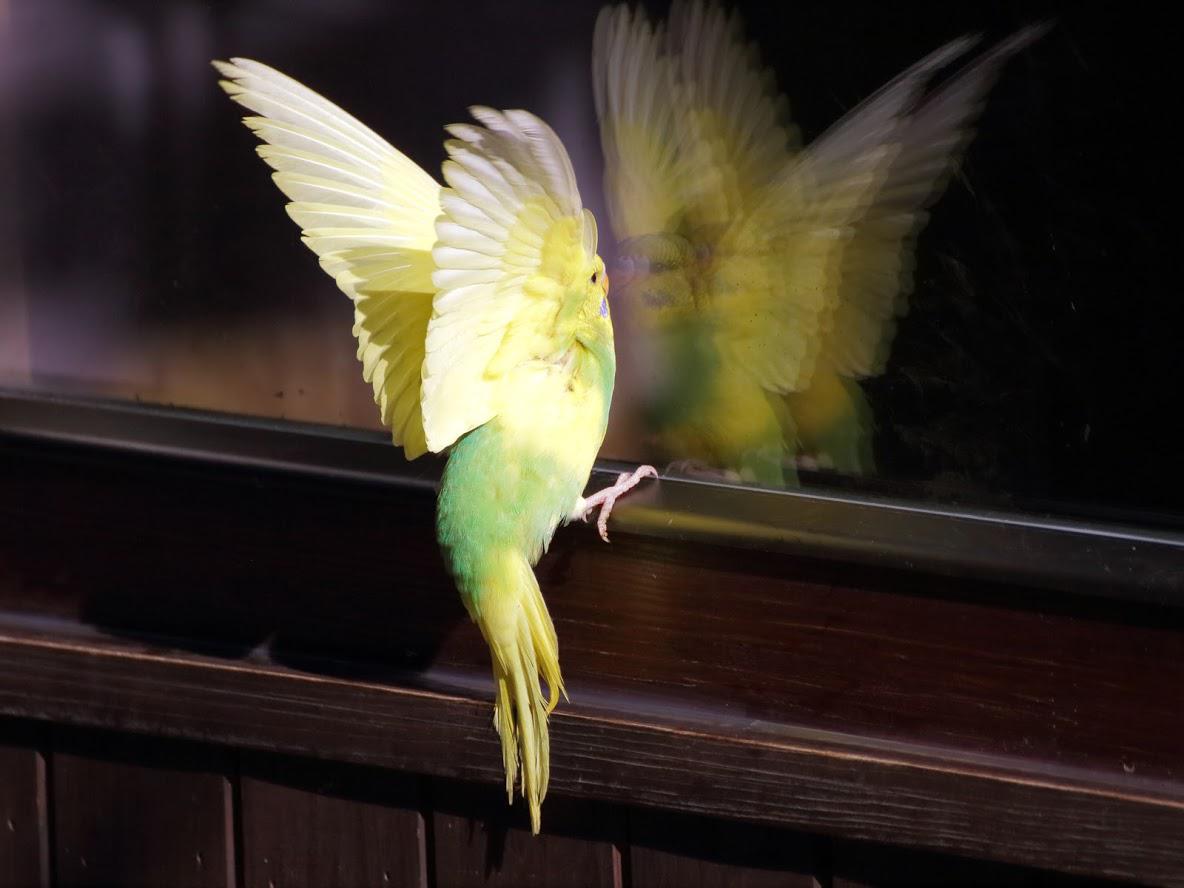Feather Friends or Foes? Birds Versus Your Windows

Glass collisions prove fatal for nearly one billion birds in the United States annually, according to the American Bird Conservancy. What can you do to keep the wildlife and your windows safe? Before your brand-new windows cause a bird calamity, take a look at what you need to know to reduce the risks.
Understand the ProblemWhy do birds fly into windows? They don’t think they’re coming into your home for a meal or to nest. Instead, birds see the reflection of the sky, trees, and everything else outdoors and think the window is an extension of the environment.
In some cases, a bird may fly towards an interior light. These incidents typically happen at night when the bright light lures the bird away from its regular path. Whether a bird crashes into a window during the day or night, they often fly away — seemingly unharmed. But this isn’t always the case. Internal injury or bleeding sustained during the collision can prove deadly to the bird later on.
Explore the SolutionsWhat can you do to prevent the bird-window problem? Window treatments pulled across the interior side of the window may reduce the risks of nighttime crashes. But this strategy won’t keep birds, or your windows, safe during the day.
Commonly used bird deterrents include a soap or tempera paint grid on the glass or decals. While these can work well (if used correctly), you may not want to coat your windows to keep birds away. If you need another solution, you can:
- Use screens. Exterior screens reduce reflection and can stop bird disasters. To increase effectiveness, make sure the screens cover the entire window. Partially exposed glass can still cause an avian issue.
- Try transparent film. Some types of window film reduce reflection. While this may not completely eliminate the problem, it decreases the draw of the glass surface.
- Use external shutters. Closed shutters remove the reflection and can stop the problem before it starts.
- Install patterned or etched glass. Some glazing treatments can reduce the reflection factors and make it less likely that a bird will fly into the glass.
If you’re not sure which option is right for you and your home’s windows, talk to an expert. Don’t wait until you have a bird versus window calamity to take preventative steps. Ask a glass contractor about alternatives before you install new or replacement windows.
Control the DamageHow do you handle bird crash-related damage? If you have concerns about the victim (that is, the bird), contact a professional. Never attempt to resuscitate or rehabilitate an unconscious bird unless you have avian knowledge. Bring the bird to a wildlife center or veterinarian instead.
Now that you’ve taken care of the bird, it’s time to turn your attention to the window and:
- Assess the extent of the problem. A bird can fly into a window and cause little to no damage. In some cases, you may only see a cosmetic mark. But it’s also possible for a bird to crack or even shatter a window.
- Remove marks. If the bird only left behind a surface mark, remove the imprint with a glass cleaner.
- Contact a professional. A small crack can turn into a major disaster if left untreated. If the bird caused damage, contact a glass or window professional as soon as possible.
Cracked or shattered glass obviously requires a repair. You may have several options, depending on the damage, the existing windows, your needs, and your budget. A new pane of glass is often the easiest and least expensive option. But if your windows are old, worn, or have existing damage, consider a full replacement.
Do you need new windows? Contact Central Glass Company for more information.

